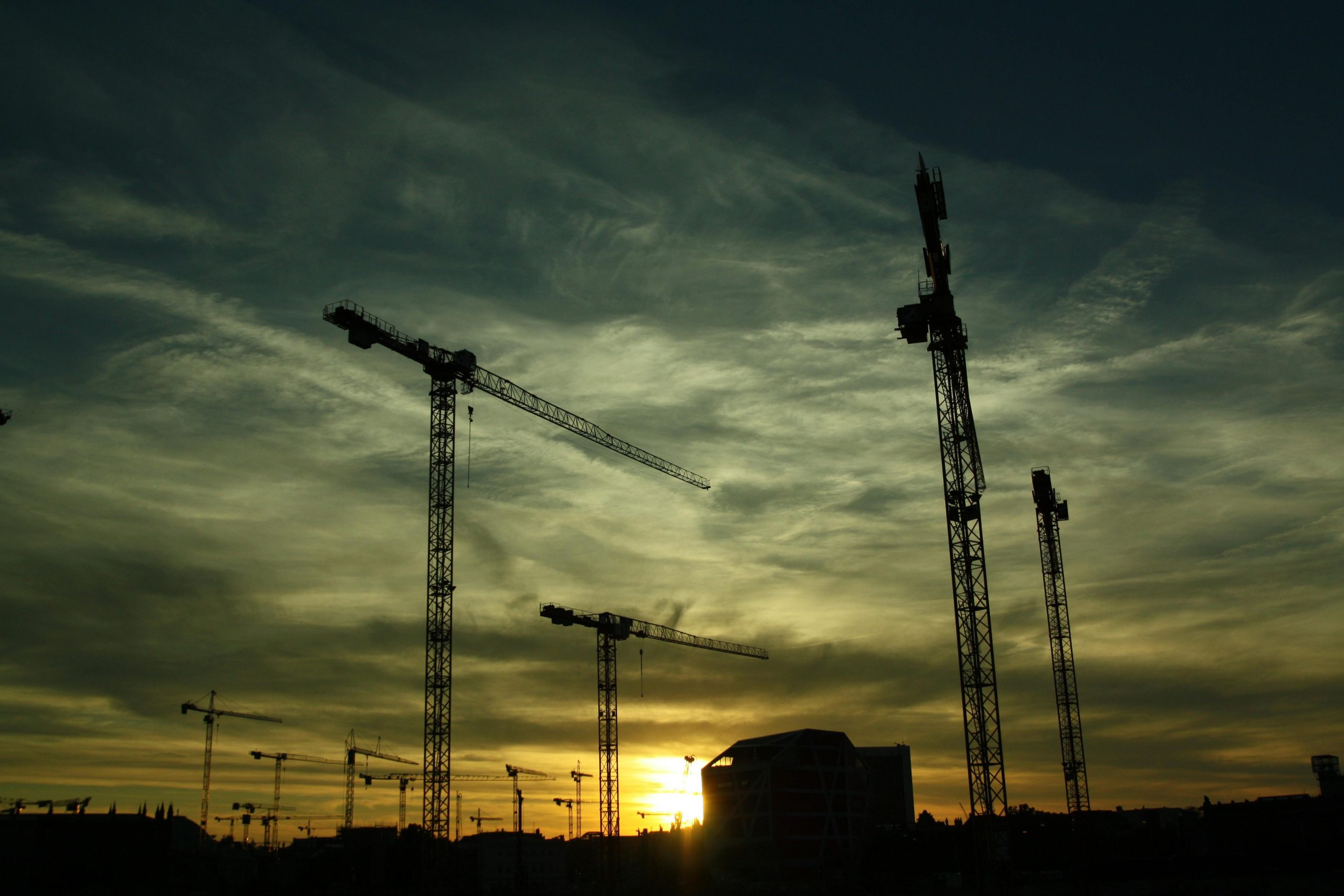The revelations surrounding corruption in public works are not just a moral failure — they are a design failure. A system built on discretion instead of discipline will always end up in scandal.
As a taxpayer, I share the frustration. But as someone who has worked on government modernization projects, I also know the machinery can be rebuilt. The answer is not another investigation or anti-corruption task force. It is a complete redesign of how public projects are conceived, contracted, and monitored — using technology and data governance as enforcement layers, not afterthoughts.
The Real Problem
Corruption in infrastructure doesn’t start when money changes hands. It starts when information stops flowing.
Once a project is funded, public visibility fades.
Bidding documents sit in drawers. Progress reports rely on self-declaration. Audits arrive years too late.
Opacity is what sustains corruption. The solution is not new bureaucracy, but transparency by design — every stage of a project must be verifiable, traceable, and resistant to manipulation.
That requires a Whole-of-Government data governance strategy — one that links DPWH, COA, DBM, DILG, and local governments on a single information fabric. When systems share data in real time, truth becomes harder to distort and accountability easier to prove.
What Can Be Done — and How
Reform doesn’t need new laws or complex platforms. It needs smarter use of existing tools under a unified strategy.
1. Digitize the Bidding Chain
Every project, from concept to award, should live on an open, tamper-evident digital ledger.
Bids, scoring sheets, and award justifications can be stored on a blockchain-based registry, ensuring they can’t be altered.
AI models can flag overpriced proposals by comparing them with historical engineering data.
When all agencies use a shared platform, irregularities reveal themselves automatically.
2. Enable Real-Time Construction Verification
Progress reporting must move beyond paper and trust.
Engineers can use geo-tagged mobile apps to upload photos, logs, and sensor data directly from the field.
Drones and satellite imagery, analyzed by AI, can confirm that physical work matches reported progress.
These tools already exist; they simply need to be connected through consistent data governance.
3. Link Payments to Proof
Disbursements should follow verified completion, not paperwork.
Smart contracts can trigger payments only when milestones are digitally validated through inspections or AI-verified evidence.
This builds integrity into the process rather than relying on discretion after the fact.
4. Institutionalize Continuous Digital Auditing
AI audit engines can monitor projects continuously, flagging anomalies such as cost spikes, unrealistic schedules, or altered specifications.
This shifts COA from post-mortem reviewer to live oversight partner — turning audits from reactive to preventive.
5. Make Transparency Public
A national infrastructure dashboard should display every project’s location, budget, and progress.
Citizens could upload site photos or reports, creating a civic feedback loop that strengthens accountability.
Oversight then becomes participatory — not limited to agencies, but shared with the public that pays for it.
From Whole-of-Government to Whole-of-Strategy
Technology alone will not end corruption.
Without coordination, new tools only create digital silos.
A Whole-of-Strategy approach is essential — designing systems, data standards, and accountability mechanisms together across agencies, not one department at a time.
This means harmonizing databases, aligning policies, and establishing clear authority so that financial, physical, and operational realities are visible simultaneously to all institutions.
Corruption is not a single-agency problem; it is a systemic weakness that demands systemic design.
Governance Before Code
Every modernization effort must rest on data governance — ensuring that information is accurate, consistent, and owned before automation begins.
Digital systems amplify whatever they inherit. If governance is weak, technology will only accelerate dysfunction.
Integrity starts with clear data ownership: who enters, who validates, who changes, and how those actions are tracked.
When these fundamentals are in place, technology becomes a force multiplier for accountability instead of a faster way to conceal it.
Governance must always precede code.
A Shift in Mindset
These reforms do not require a revolution — only a redefinition of what normal governance should look like.
Today, our systems assume honesty and react only after abuse occurs. Tomorrow’s must anticipate risk and design for prevention.
Technology cannot replace integrity, but it can eliminate the spaces where corruption hides.
By making every record immutable, every transaction visible, and every payment conditional, we transform governance from a culture of trust into a system of proof.
These are not theories — they already work elsewhere. What remains is the resolve to modernize governance with the same determination we apply to building roads, bridges, and airports.
A Citizen’s Line in the Sand
If we can build expressways that span islands, we can build systems that span agencies.
The public deserves infrastructure grounded not only on steel and concrete, but on transparency and accountability.
Until that happens, every bridge and flood wall will stand on unstable moral ground — no matter how well engineered.

